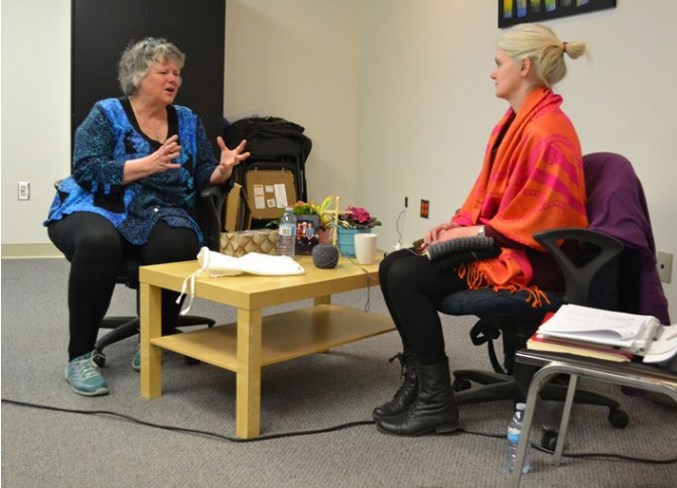Canadians 65 years and older now outnumber children 14 years and under, which means our needs as a society are changing.
We're succeeding in shifting the aging curve through preventive interventions and better public health -- that's good news. But the changing demographic is causing strains in our health and social care supports. How can Canada rise to the challenge?
There are many calls for a national strategy for seniors, or for home care, palliative care, dementia and pharmacare strategies, which will directly impact care for seniors.
However, any strategy targeting seniors can't be based solely on age. It should be based on risk and vulnerability -- or what's known as frailty. Taking frailty into account may both improve and help save our fractured health system.
Frailty can occur at any age and describes individuals who are in precarious health, have significant multiple health impairments and are at higher risk of dying.
The hallmark of frailty is that minor illnesses like infections or minor injuries, which would minimally affect non-frail individuals, may trigger rapid and dramatic deterioration in health.
Getting older doesn't necessarily mean you're frail. It does mean that as you age, you're more likely to become frail. Frailty is a more precise, and evidence-based, determinant of health outcomes and health-care utilization than age alone.
The most rapidly increasing segment of the population is individuals over 80 years old and over 50 per cent of those over 80 are frail.
A large, growing proportion of our health and social care spending is, and will increasingly be, focused on older Canadians living with frailty. From a societal perspective, it also places large burdens on family, friends and caregivers, including financial, social and productivity costs.
Everyone is impacted by frailty.
Yet it's poorly understood, pervasively under-recognized and under-appreciated by health-care professionals and the public.
Not enough health-care professionals have expertise in caring for older adults who live with frailty and we don't have sufficient evidence to guide the care of older adults living with it.
So what would transformed health and social care systems look like if frailty were considered?
First, all older adults coming into contact with the health-care system would be proactively screened for the presence of frailty or risk factors for its development.
By using readily-available, easy-to-use tools so it can be identified, proactive models of care and interventions could be put in place to prevent or delay its development or progression. Care planning would also start early rather than waiting for a crisis.
Next, older adults living with frailty and their family, friends and caregivers would be involved at every stage of system change. When citizens are engaged in decision making, it improves the patient experience, contributes to more cost-effective services and enhances the overall quality of our health and social care systems.
The Canadian Frailty Network undertook a study aimed at identifying priority areas based on input from affected Canadian families.
The two top priorities identified dealt with better organization of health and social care systems to provide integrated and co-ordinated care, and tailoring care, services and treatments to meet the needs of older adults who are isolated or without family and caregiver support or advocates.
Training and certification qualifications for caregivers and health-care professionals would include frailty recognition and assessment. Canada is a leader in frailty measurement, with Canadian researchers developing some of the most commonly-used tools, such as the Clinical Frailty Scale and the Edmonton Frailty Scale.
Unfortunately, Canada has been comparatively slow to adopt its own innovations, lagging behind other nations.
Rehabilitative and social supports to improve care and quality of life would include non-medical interventions to address things like nutrition, exercise and mobility, advance care planning, oral care and social isolation.
And innovative approaches to residential care needs would help seniors remain in the community as long and as independently as possible, including those who live with frailty.
Caregivers would be supported to ease the economic and other burdens of home care. Support for caregivers of older adults has been shown to reduce institutionalization, hospitalization and readmission.
Evidence says transforming our health and social care systems to include frailty would produce both health and economic benefits. Such benefits would be real and significant for older Canadians, their families and for those on the front lines delivering care.
Russell Williams is chair of the board of directors of the Canadian Frailty Network, vice-president, government relations and public policy at Diabetes Canada and an expert adviser with EvidenceNetwork.ca. Dr. John Muscedere is the scientific director and CEO of the Canadian Frailty Network. He's also an expert adviser with EvidenceNetwork.ca, professor of critical care medicine at Queen's University and an intensivist at Kingston General Hospital.

